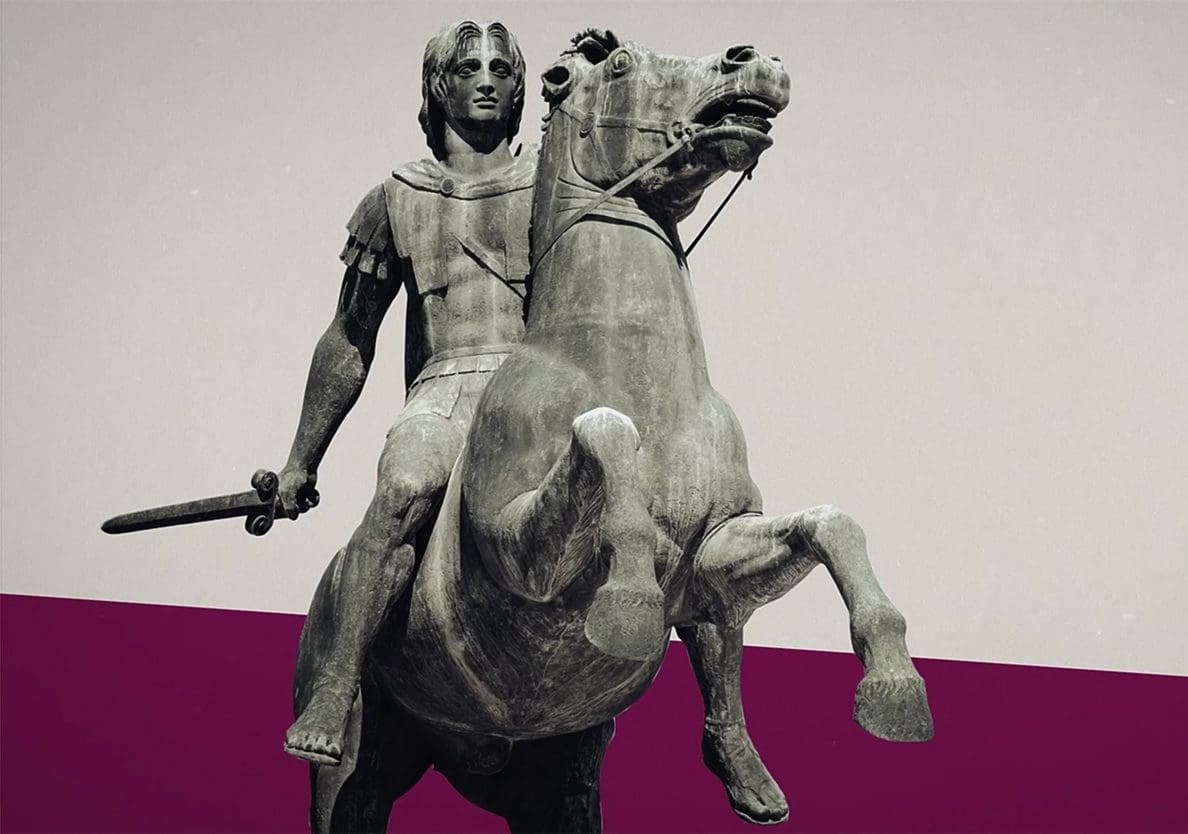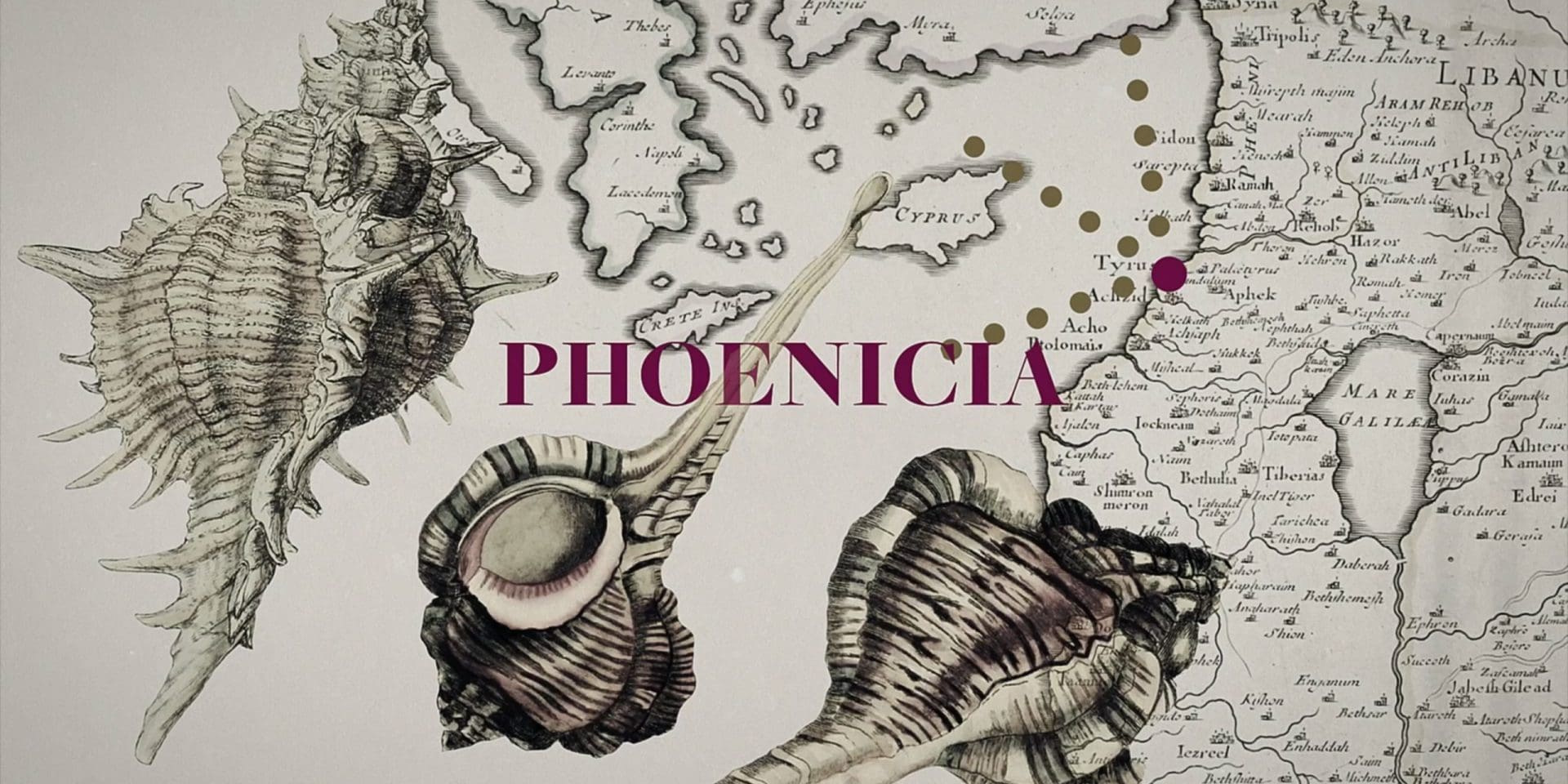On a modern map the topography of the city of Tyre has changed dramatically from that of its ancient counterpart. Ancient Tyre existed in two parts: a mainland city and an island city. Accordingly, it was a center for maritime trade, in fact, the name for the coastal territory that encompasses Tyre was given to it by the Greeks called Phoenicia, which means “purple”. A specialized purple dye was extracted from murex shells fished from the Mediterranean Sea, and then shipped out of Tyre. It was a rich and important ancient city.
The relationship between Israel and Tyre seems to have begun with the friendship between Tyre’s king Hiram and King David. Hiram shipped lumber to Joppa first for David’s palace (2 Samuel 5:11) and later for the Jerusalem Temple built by Solomon (1 Kings 5:8-10). As with all alliances, they can fail over time, by the end of the monarchy period the prophet Ezekiel records a few prophecies of destruction against Tyre (Ezekiel 26-28).
“Tyre’s final deathblow came in a final wave in AD 1291 by the Mameluke Muslims and burned to the ground.”
Ezekiel 26 begins with a general prophecy against Tyre that says God “will bring many nations against you, like the sea casting up its waves. They will destroy the walls of Tyre and pull down her towers; I will scrape away her rubble and make her a bare rock. Out in the sea she will become a place to spread fishnets, for I have spoken, declares the Sovereign Lord. She will become plunder for the nations, and her settlements on the mainland will be ravaged by the sword.” (Ezekiel 26:3-6). This prophecy uses the images of waves of destruction brought by multiple enemy nations. Looking at the history of Tyre, it is clear that this indeed happened.
First by Nebuchadnezzar, the ruling king of Babylon in Ezekiel’s time and mentioned by name in Ezekiel’s book (Ezekiel 26:7). Nebuchadnezzar besieged mainland Tyre for 13 years (585-572BC), eventually conquering it and taking its king captive to Babylon.[1] The details of Tyre’s defeat or surrender aren’t known, but the island city of Tyre remained proudly undefeated.


The next wave of Tyre’s destruction came at the hands of Alexander the Great. Snubbed by the island city, Alexander commanded his army to throw all of the rubble and rocks of mainland Tyre into the sea, building a thin long causeway out to the city. There he breached the wall after a seven-month siege and took the prize. Alexander evidently used all of the rocks and lumber of old Tyre to build his war bridge because none of it has been found in place. In fact, the build-up of silt over the centuries has created an artificial land mass connecting the old island city to the mainland.[2]
Despite the thorough thrashing unleashed by Alexander, the city was rebuilt, eventually becoming a prominent Roman city and incorporating its new peninsula. By the time of the New Testament the city’s prominence led to its regional area also being called Tyre.
Tyre’s final deathblow came in a final wave in AD 1291. After several takeovers, it was finally captured by the Mameluke Muslims and burned to the ground, never to be rebuilt again.[3]

Corie Bobechko is a daily co-host, speaker, and writer of Bible Discovery. She also hosts a YouTube channel that shows how history and archaeology prove the Bible. Her heart for seekers and skeptics has led her to seek truth and share it with others. Corie also has a Bachelor of Theology from Canada Christian College.
[1] Ezekiel 26:1-14, A Prooftext for Inerrancy or Fallibility of the Old Testament. Associates for Biblical Research. First published in the Spring 2006 issue of Bible and Spade. https://biblearchaeology.org/research/topics-by-chronology/babylonian-exile-persian-period/3304-ezekiel-26114-a-proof-text-for-inerrancy-or-fallibility-of-the-old-testament?highlight=WyJ0eXJlIiwidHlyZSdzIiwidHlyZSciXQ==
[2] The Biblical Cities of Tyre and Sidon. Associates for Biblical Research. First published in the Fall 2002 issue of Bible and Spade.
https://biblearchaeology.org/research/topics-by-subject/people-places-and-things-in-the-hebrew-bible/4180-the-biblical-cities-of-tyre-and-sidon?highlight=WyJ0eXJlIiwidHlyZSdzIiwidHlyZSciXQ==
[3] Ezekiel 26:1-14, A Prooftext for Inerrancy or Fallibility of the Old Testament. Associates for Biblical Research. First published in the Spring 2006 issue of Bible and Spade.
https://biblearchaeology.org/research/topics-by-chronology/babylonian-exile-persian-period/3304-ezekiel-26114-a-proof-text-for-inerrancy-or-fallibility-of-the-old-testament?highlight=WyJ0eXJlIiwidHlyZSdzIiwidHlyZSciXQ==






